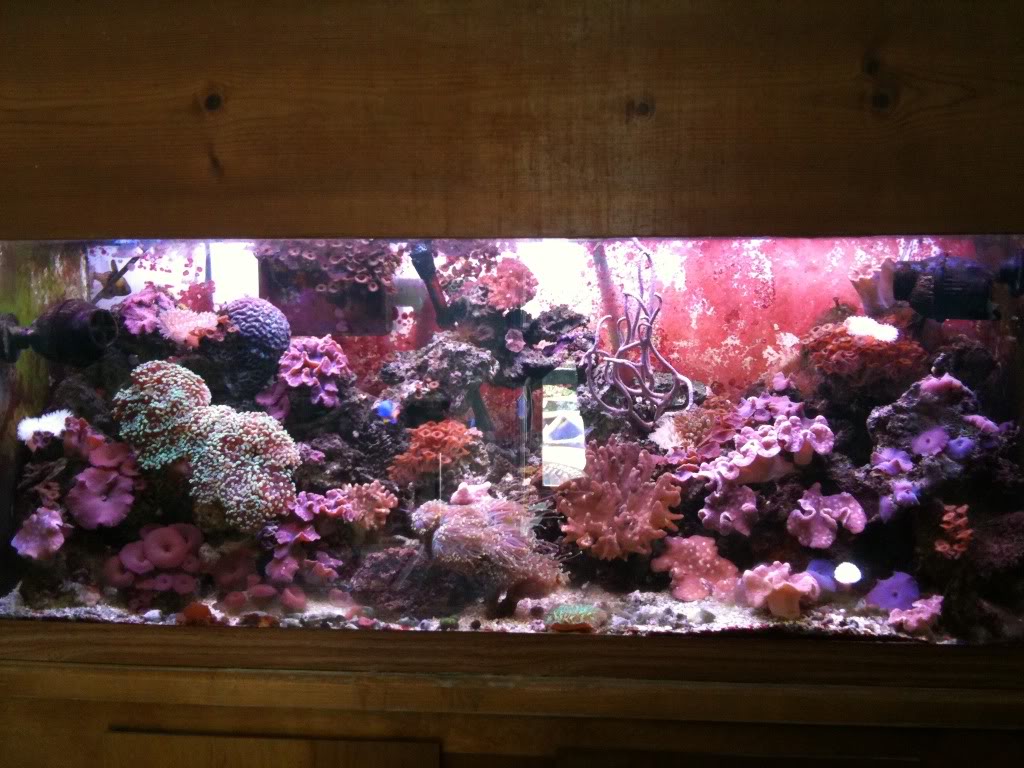Nick48
Aquarium Advice Newbie
What is the proper way to handle coral and anemones? I understand alot of them sting. I would like to add some to the tank in a few months. I just dont want to hurt them or myself.
Please tell all about your tank, size lighting, filtration, substrate, water change schedule, current water parameters for SG, pH, Ca, Alk, Mg, PO4, and anything else you can tell us.
How long has the tank been set up and cycled and what's in it.
I also believe that anemones belong in the oceans and not in our tanks. Too many of them die within a year in our tanks while their lifespan in the wild is so long that it is unknown.
Zoanthids.... ALWAYS handle with some type of protection - Google "palytoxin" and you'll understand..
If they are constantly splitting there may be a problem in his tank. Anemones split when stressed as a method of self preservation.

I'm not seeing tons of anemones in that tank. Or did you mean mushrooms? I definitely see tons of those!
I have a 20 gal, its very new. I have 50/50 floresent lighting. As you can see, im very newFirst off, welcome to AA. What kind of tank do you have? What lights do you have, How old is you setup. All these things need to be answered first before I can help you.
